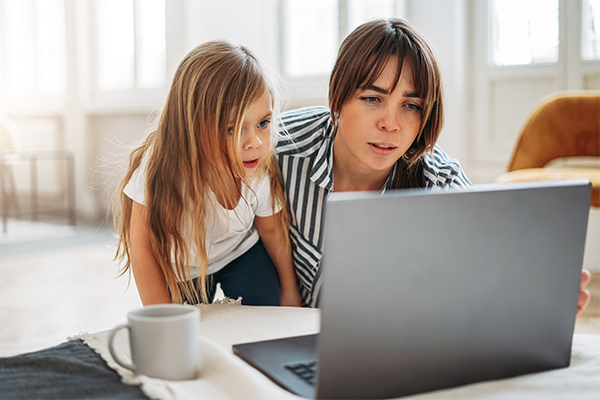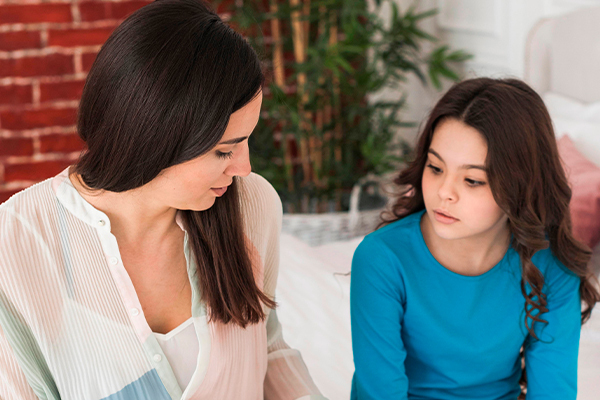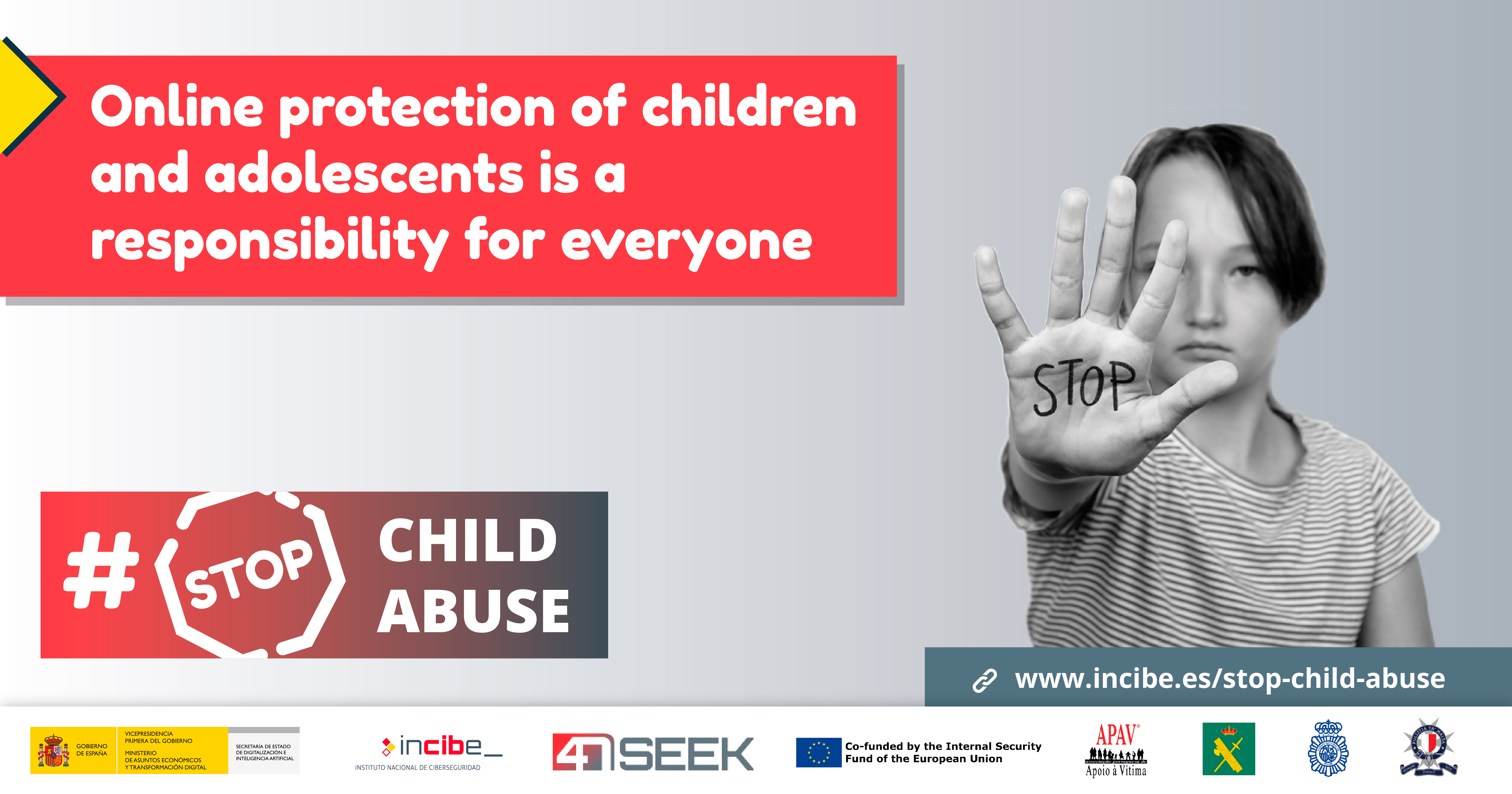Online children sexual abuse, an issue that could affect everyone

Do you know that there are situations of online child sexual abuse? Of course you do, at least from what's on the news, but it's hard for us to understand that this sort of thing happens, and thinking about the scope and extent of the problem can be overwhelming. It's a very delicate issue, and for that very reason we need to prevent it and know what to do.
When we hear about situations of online sexual abuse, it hits us especially hard. It's only natural to feel more sensitive to the suffering of more vulnerable people, and the new technologies make the problem seem even more complex.
Both the criminals that seek ways to get this type of content and the persons who consume it because they present symptoms of inappropriate attraction towards children take advantage of the Internet for their own ends. They try to find unprotected children and then publish the intimate content that they obtain. But, how do they get to the children in the first place? What virtual spaces do they lurk in? And most importantly, what can we do to combat this problem?
Online child sexual abuse
Child sexual abuse material (or CSAM) is content that shows sexual acts of children and/or focuses on their genital areas. In a broader context. Other types of material that may not fall into this category can be defined as child sexual exploitation material (or CSEM) because the material sexualises the child (e.g., posed images with a sexual emphasis).
The recommendation for several years now has been for the media and general public to avoid using the term "child pornography". Although the term continues to be used in the legal sphere, experts feel that it tends to trivialise child sexual abuse by associating with pornography for adults, which is a legitimate practice where consent is the norm.

The most common modus operandi of abusers consists of making initial contact with children and adolescents with a view to creating a relationship of trust, which then changes to one of emotional control, to finally become blackmail with sexual ends in mind. This practice is called grooming and one of its main objectives is to produce images and videos with sexual activities or connotations for use by paedophiles or dissemination in child sexual abuse networks.
Although the process described above is not always followed, offenders (who may act alone or as part of a network) commonly attract the child's attention in any space on the Internet, such as social networks, games, communities or forums. They may pretend to be of the same age as the victim or directly send them sexual propositions, in order to gain their trust and establish a relationship. They then ask for the first content; an image or video of them taking off their clothes or in a suggestive posture. From then on, the extortion and blackmail commence to force them to produce and send more material, with the threat of disseminating the material that the offender already has in their possession.
This process of coercion with the content provided by the child is known as sextortion, and is now one of the most widely used techniques to get intimate images or videos of children. This process may start with what is known as sexting, in which children voluntarily exchange their intimate photos with other children, with the risk that these images can fall into the hands of others when there is no control over the dissemination of the images.
Just like almost all the risks on the Internet, prevention is synonymous with awareness. If a child and the adults responsible for them know about these processes, they can detect them and stop the situation before it turns into a more serious problem.
Fighting on all fronts
We know that the most complex issues are often associated with certain taboos, and child sexual abuse is no exception. The social stigma that often accompanies it can lead to a trivialisation of the risks or the possibility of someone becoming a victim. For those who suffer, there may be barriers that are difficult to overcome when they think of asking for help, and this may even lead them to simply try and accept what is happening to them.
The most important thing to bear in mind is that any child can be contacted for sexual purposes on the Internet, and that everyone is responsible for protecting them and preventing it from happening. The family, education centre or any adult who has a relationship with the child may notice symptoms or signs that could indicate that abuse is taking place. The children themselves may be aware of it if they know how to detect it.
So, when there is a change of behaviour, loss of friendships, social withdrawal or isolation, we should take the precaution of wondering if something is happening in the child's digital life. We also have the moral and legal obligation to denounce and report any content that might be regarded as sexual abuse. By doing so, we are contributing towards reducing the scale of the problem or even directly solving a case of exploitation.

It is essential to express firm rejection of inappropriate conduct by adults who feel some type of attraction towards children. There is no justification for this type of behaviour and we must not allow it to become socially normalised. It is a problem that requires professional help for it to be adequately managed.
How can you prevent these situations at home? The answer is parental mediation. We must promote safe and responsible use, encourage daily dialogue about their routine in the Internet and transmit the necessary knowledge to enable them to protect themselves. At the same time, we should show them how to denounce and report any content they find or people that harass them on the Internet.
INCIBE has launched an awareness raising campaign to increase social awareness of online child sexual abuse, with resources to help you get a better idea of how to deal with the problem, detect possible risks or situations that may lead to sextortion. Follow our updates to see all the content.
Finally, don't forget that if you have any doubts or queries, you can call the helplines, Safer Internet Centre or law enforcement agencies of your country. Together we can stop this problem, with involvement and advice that can enable our children to navigate safely.




